Lee - Abstract Algebra: An Introductory Course
Here you can read online Lee - Abstract Algebra: An Introductory Course full text of the book (entire story) in english for free. Download pdf and epub, get meaning, cover and reviews about this ebook. City: Cham, year: 2018, publisher: Imprint: Springer, Springer International Publishing, genre: Children. Description of the work, (preface) as well as reviews are available. Best literature library LitArk.com created for fans of good reading and offers a wide selection of genres:
Romance novel
Science fiction
Adventure
Detective
Science
History
Home and family
Prose
Art
Politics
Computer
Non-fiction
Religion
Business
Children
Humor
Choose a favorite category and find really read worthwhile books. Enjoy immersion in the world of imagination, feel the emotions of the characters or learn something new for yourself, make an fascinating discovery.
Abstract Algebra: An Introductory Course: summary, description and annotation
We offer to read an annotation, description, summary or preface (depends on what the author of the book "Abstract Algebra: An Introductory Course" wrote himself). If you haven't found the necessary information about the book — write in the comments, we will try to find it.
Lee: author's other books
Who wrote Abstract Algebra: An Introductory Course? Find out the surname, the name of the author of the book and a list of all author's works by series.



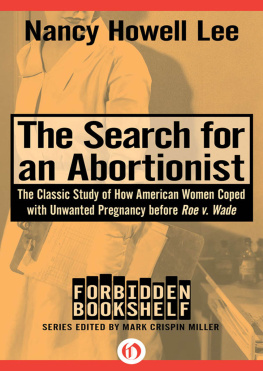





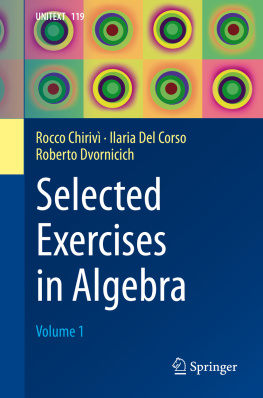

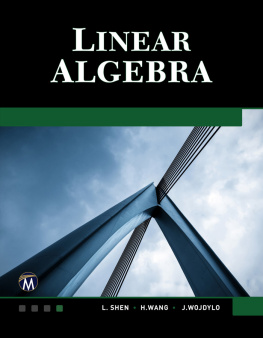

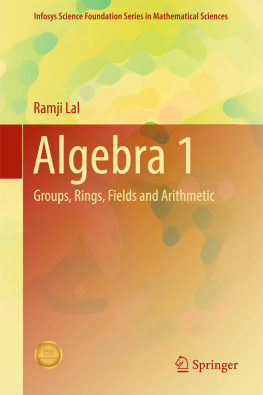




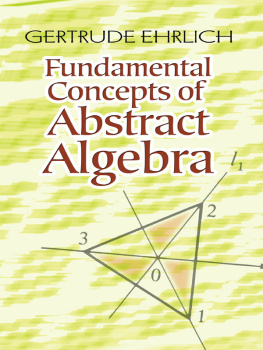



 for the set of real numbers and
for the set of real numbers and  for the set of complex numbers .
for the set of complex numbers . if a is an element of a set S . Thus,
if a is an element of a set S . Thus,  but
but  . The set with no elements is called the empty set , and denoted
. The set with no elements is called the empty set , and denoted  . Any other set is said to be nonempty .
. Any other set is said to be nonempty . , if every element of S is also an element of T . Of course,
, if every element of S is also an element of T . Of course,  . We say that S is a proper subset of T , and write
. We say that S is a proper subset of T , and write  , if
, if  but
but  . Thus, it is certainly true that
. Thus, it is certainly true that  , but we can be more precise and write
, but we can be more precise and write  .
. , is the set of all elements that lie in S and T simultaneously.
, is the set of all elements that lie in S and T simultaneously. and
and  . Then
. Then  .
. , we have a set
, we have a set  , then we write
, then we write  for the set of elements that lie in all of the
for the set of elements that lie in all of the  simultaneously.
simultaneously. , let
, let  . Then
. Then  .
. , is the set of all elements that lie in S or T (or both).
, is the set of all elements that lie in S or T (or both).
 for each
for each  , then we write
, then we write  for the union of all of the
for the union of all of the  ; that is, the set of all elements that lie in at least one of the
; that is, the set of all elements that lie in at least one of the  .
. as in Example , we have
as in Example , we have  .
. .
. .
.